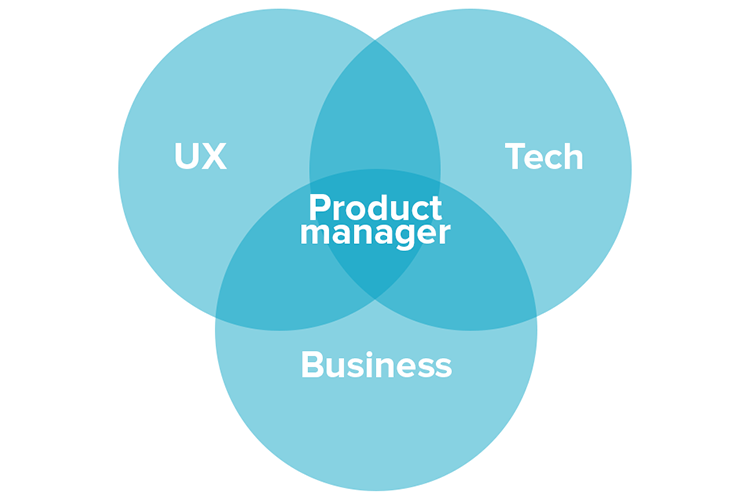What do you need to create a product? First, an idea of how it will look in the end. Then follows a long process of product creation that takes a lot of time, effort, a team of professionals, and a team leader. To transform any idea into a profitable product, a company has to go through several stages to set a vision, define a strategy, develop a product, and sell it to the right people. This article examines the details of product management, describing its main stages, and a product manager’s responsibilities in this process.
What is product management?
Product management is a process that focuses on bringing a new product to market or developing an existing one. It starts with an idea of a product that a customer will interact with and ends with the evaluation of the product’s success. Product management unites business, product development, marketing, and sales. Studies show that effective product management can increase profit by 34.2 percent proving the importance of its implementation.
One of the critical activities of product management is creating and documenting a product strategy, the process so broad and important that we described it in a separate article.
Here’s our video explaining the main things in under eleven minutes:
Product management is led by a… product manager. Don’t confuse the role with a project manager. A project manager is responsible for a single part of a product life cycle – product development, while a product manager’s responsibility is to lead a product from the germ of an idea to launch, focusing on features, business value, and the customer. Read our full comparison of product managers vs project managers in the dedicated article.
We’ll describe the role of a product manager in more detail further on, but now let’s look deeper into the product management life cycle.
Product management process and key activities
Tasks in product management cascade from strategic to tactical. The whole process of product management involves
Vision development,
Customer understanding,
Strategy development,
Product development,
Marketing and sales, and
Metrics tracking.
Each of the stages may include inbound and outbound activities. A product manager doesn’t perform all activities but rather supervises their fulfillment.
Inbound activities focus on product development and include defining vision and strategy, product development, testing, and launch.
Outbound activities are oriented toward the marketing of a product and its sales. This includes branding, sales, and analysis of customer feedback.




